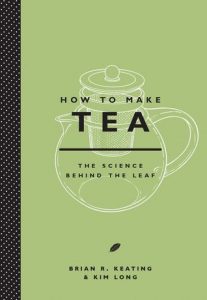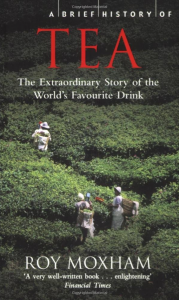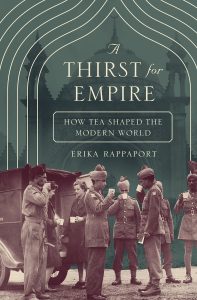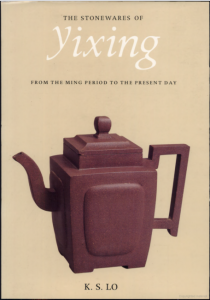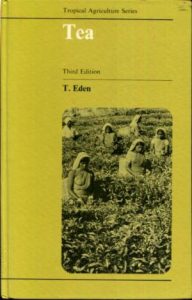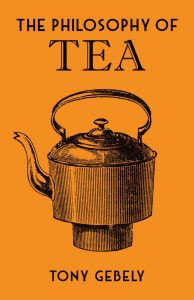 This is part of a series of “Philosophy Of” books. I had trouble finding much on the ‘series’, but it looks like each (or most) was written by a different blogger or other influencer/social media presence. I mostly ended up poking around Brian Williams (the author of Philosophy of Coffee)’s blog trying to get a bit more info on the series’ inception.
This is part of a series of “Philosophy Of” books. I had trouble finding much on the ‘series’, but it looks like each (or most) was written by a different blogger or other influencer/social media presence. I mostly ended up poking around Brian Williams (the author of Philosophy of Coffee)’s blog trying to get a bit more info on the series’ inception.
Gebely’s well known for his other book, Tea: A User’s Guide. It’s a book I own and have read, but not quite cover-to-cover, and haven’t made a post about here quite yet.




